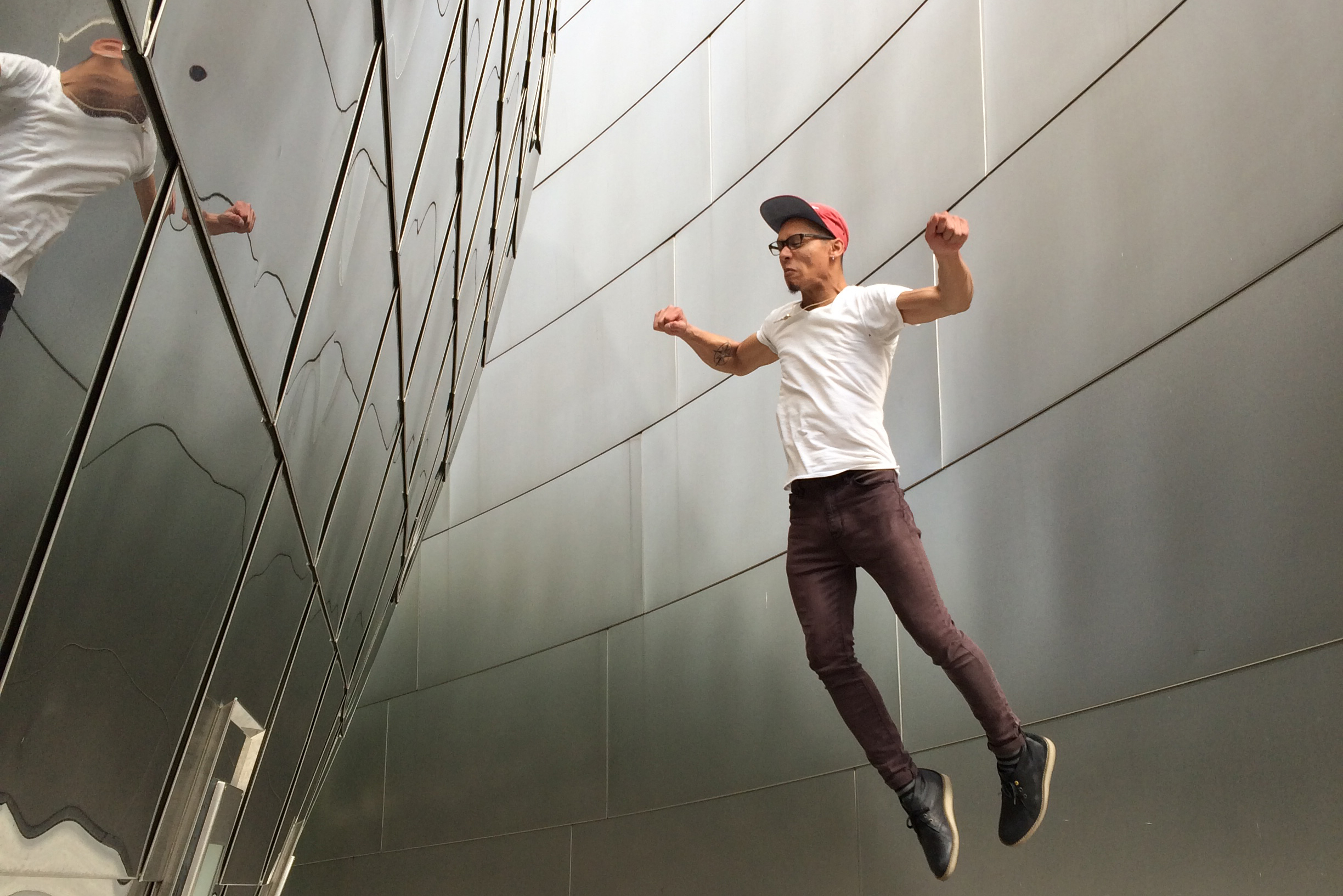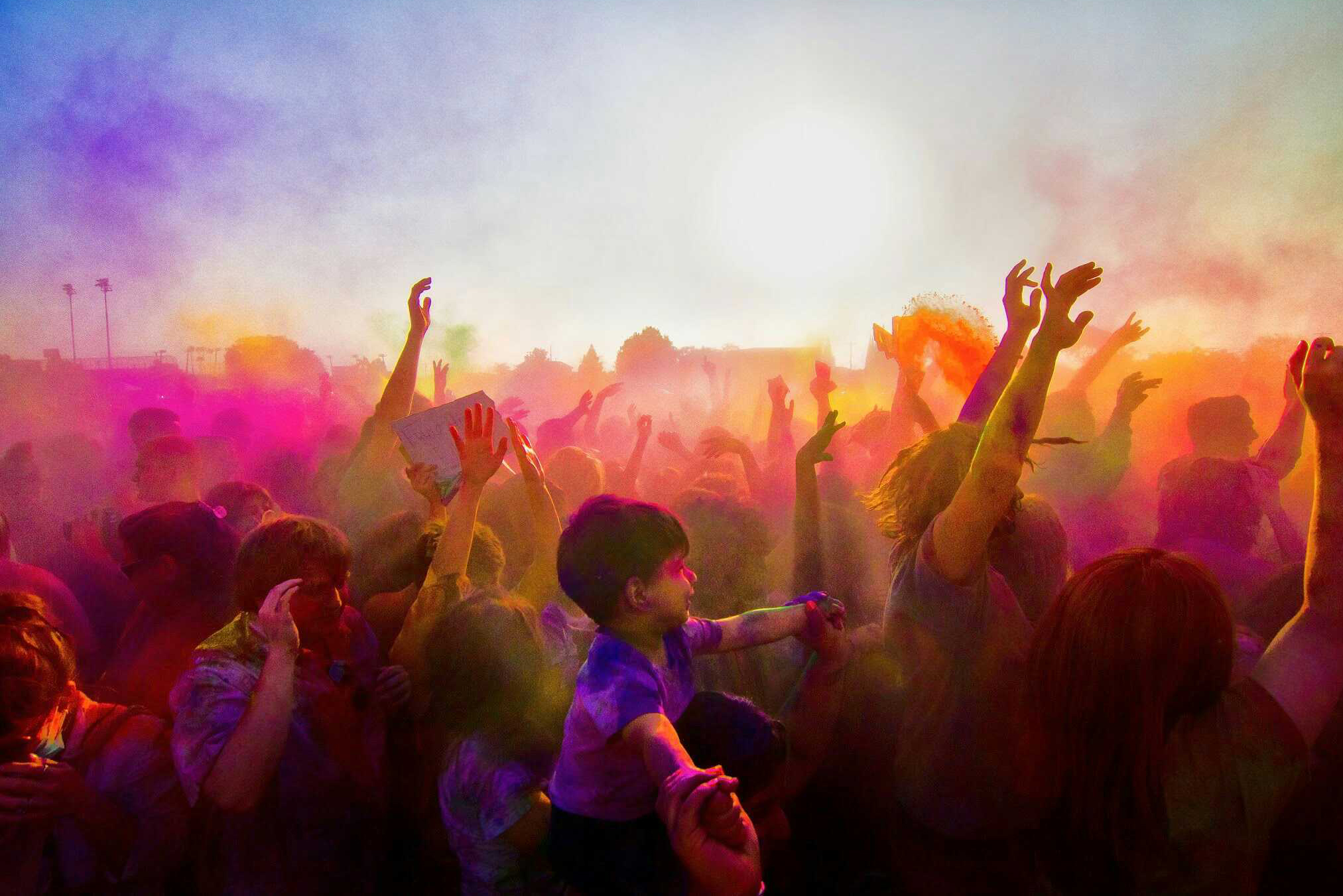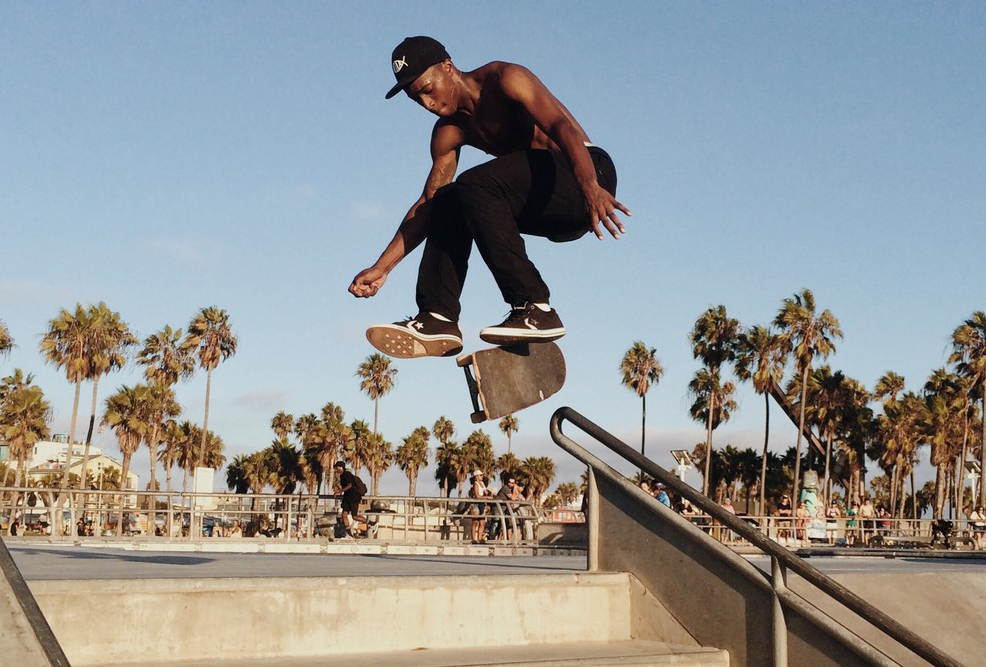5 trends in visual content marketing to look out for in 2019
Whatever tea leaves you choose to read, all signs point to 2019 as being the year of visual storytelling. Bandwidth keeps on increasing, the social media giants have gone all in on video and VR goes from strength to strength.
It has been predicted that by 2021 a million minutes of video content will pass through the internet every second.
At the same time, competition is heating up as more and more visual content takes up screen space. And it’s not just your competitors you have to worry about. You are competing for attention against all forms, whether it be cat videos or sporting memes.
To remain ahead of the game and hit our KPIs, we need to be constantly on the lookout for the next big thing in visual storytelling and then leverage it in our own visual content marketing campaigns.
With that in mind, let’s take a look at five key developments that are set to rock the world of visual content marketing in 2019.
1. Video still rules visual storytelling
Sometimes it seems that the internet was invented for video. Outlandish? Well, not exactly when you take a look at video content statistics and internet traffic. Back in 2016 Cisco Systems reported that video accounted for 73% of all internet traffic. They now calculate that the figure will grow to a crazy 82% by 2021.
But video isn’t just an exciting proposition when comes to scale but also engagement. For example, videos on Facebook are shared 12 times more than posts containing text or links.
It’s quite simply a matter of sensory reception. Visual storytelling through video stimulates the visual, auditory, language and memory-retention faculties of the brain. Some studies have found that 95% of a message can be retained if relayed through video, compared to 10% with text.
And now that message will need to become even shorter with diminishing attention spans and more and more players competing for screen space.
This of course means video content will need to become more concise. You have less than a second to trigger that first spark of curiosity before your viewer swipes to the next piece of content.
In such a tight window, you can only rely on the primary elements of your visual story, such as colours, symbols and sounds. In fact, this development might explain the rise of the next trend ….
2. Less is more in visual storytelling
2018 saw a return to a more nuanced approach to visual storytelling where big agencies and brands turned down the volume in their advertising strategies.
Sometimes all it takes to capture that spark is a colour sequence or a whisper of text. It’s amazing what kind of emotional response you can garner with a bit of yellow and red, as McDonald’s has shown.
McDonald’s has led the way by introducing minimalism to their marketing toolbox. Why risk jarring your target audience with mega logos and slogans, so goes the logic, when you can induce engagement and convey your story with just your brand’s iconic colours and designs.
In McDonald’s case, these are the very symbols we grew up to know so well as children – and arguably loved and trusted. This subliminal messaging can trigger a nostalgic response where the brand is entangled with the joy and innocence of childhood. Kind of like Pavlovian Theory.
It’s also a great way to freshen up your brand and bring greater focus to your campaign, especially when your audience might be already swamped with your message over the years. Watch for other well-established brands to take McDonald’s lead.
McDonald’s has done their homework. Consumers have frankly become fed up with being saturated with advertising. A Hubspot survey found that 63% of consumers are turned off by repetitive and generic advertising. Millennials, in particular, baulk at overt advertising with another survey suggesting that 84% of the cohort don’t like advertising full stop.
But that doesn’t mean they don’t like visual content. As long as your message isn’t too explicit, there are still many ways to engage with your target audience. More story, less slogan; more colour, less logo.
Two agencies in Vienna and Paris captured this trend perfectly when they married the McDonald’s iconic fries with Banksy’s latest piece of mischief – who, by the way, could be argued as the king of minimalist storytelling.

On the other hand, a counter movement seems to be slowly gaining speed after arriving with a bang a while back. In this immersive trend more definitely means more.
3. Hyperreal visual storytelling
It’s happening everywhere, whether it be in gaming, film, education or in our museums. And now marketers are beginning to embrace the hyperreal.
If implicit storytelling seeks to hide or diminish the physical lines of marketing, hyperreal storytelling wipes out reality altogether, inserting your target audience in a world of your own making. When it comes to sensory appeal and engagement, it walks all over video – and as seen earlier, video is no slouch.
It’s only early days. Marketers are still trying to work out ways to leverage VR technology. Cost, familiarity and availability still offer as boundaries. But there are signs that companies have at least began to experiment.
The Virtual Reality Brand Power Index has found that as many as 75% of Forbes’ World’s Most Valuable Brands have dabbled in some form of augmented reality in their visual content marketing campaigns.
The technology has found a natural home in the real estate/property sector. A prospective buyer is able to not just tour a property from the comfort of their own homes but can taste the life that awaits them, from the artwork on the walls, the birds chirping outside to the changing phases of sunlight throughout the day.
The big auto players have also incorporated VR into their marketing strategies, where buyers can test drive their cars via a mobile app. Outdoor companies like North Face have thrown their customers into the wilds, while Tommy Hilfiger has given their customers front-row seats at their virtual runway shows.
VR marketing will only grow as the technology reaches economies of scale and firmly enters the mainstream. And keep in mind that Facebook has backed VR to the hilt. They have already begun testing augmented reality product ads in Messenger. So expect to see a VR option added to the platform’s suite of advertising products next year.
4. Woke visual storytelling
‘Republicans buy sneakers, too.’ That was apparently Michael Jordan’s famous response to one request in the 1990s to endorse a candidate for the US Senate. His staunch neutrality has become just as famous as his exploits on the court and in business.
But now in this turbulent world, even the king of sneaker sales has shown his political cards by donating to various political campaigns and supporting a range of causes, such as the Black Lives Matter movement.
It’s a crazy world out there. From Brussels, London to Capitol Hill, the world has splintered into groups no longer defined by the old class lines but identity. Donald Trump did rather well by polarising the community through identity politics.
It has become imperative to take a stand, even if the message is not for everyone.
Enter Nike and their controversial campaign featuring the outspoken Colin Kaepernick. Sure, it caused a backlash. We all saw the videos of people burning Nike sneakers. But positive or negative, at the end of the day the campaign garnered a widespread emotional response.
Showing that there might be some truth behind the old maxim of there’s no such thing as bad publicity, Nike’s mentions on social media exploded by 1000% and their online sales jumped by 31% over the Labor Day weekend, which represented a 17% YOY increase.
This wasn’t just a hunch on Nike’s part. They’re a mega company overseeing a whole brand empire. Apart from being in a strong position to weather any storms, they can push a liberal line with one brand while remaining conservative or neutral in another. They also know that brands that try to please everybody can fizzle away into obscurity.
Like so many other brands, they seemed to take a leaf out of Simon Sinek’s seminal book, ‘Start with Why’. The consumer doesn’t just want to know about the ‘what’ and ‘how’ of a product but why it has come into existence. They want to open up a brand and see a beating heart, a soul even, especially when they’ve been swamped by soulless, algorithm-led messaging.
Taco Bell is another proponent of the woke approach to visual content marketing. They have developed a strong brand personality based on their values and stuck with it through thick and thin. No wishy-washy messaging here. They stick to their guns and gain crazy levels of engagement on social media.
It takes a huge effort for ‘advertising’ to gain traction in new social media. So it’d better be big and bold. And while you’re at it, make it authentic and engaging.
5. Authentic + video: visual storytelling gold
There’s no questioning the power of video as a medium, but ultimately it’s content that triggers engagement. The best way to achieve this is by curating authentic video content to produce a personalised message.
What businesses are essentially facing is a trust issue. According to the Edelman Trust Barometer, only 52% of respondents around the world conveyed that they trust businesses. In the US alone, trust levels have been cut by 10% since 2017. Perhaps it’s a response to all the corporate scandals, the global financial crisis and the so-called post-truth era.
Your customers can smell a fake from miles away and once they do, they’ll be sure to walk miles away from your brand. Remember the consumer is looking for a brand with a soul, one that is well stated, consistent and hopefully relatable.
And it’s not just authenticity per se, they demand ‘real’ authenticity. We all saw what happened to Pepsi when they attempted their own woke campaign with Kendall Jenner. Think rather Dove’s successful Real Beauty campaign.
They want to see real stories featuring real people with real human frailties, especially Millennials.
What does this mean?
First up, steer away from generic stock content. Apart from being expensive, it can take an age (if at all) to find visual content on these platforms that vaguely matches your brand, let alone your particular campaign.
Alternatively, you could empty your marketing budget on a professional photo/film shoot. For a ‘free’ option, companies can source user-generated content through social media. It will deliver authenticity and encourage interaction. But it’s not necessarily free since the copyright is normally tied up with the social media giants.
Considering all the above, it’s no wonder why brands and agencies have recently turned to crowdsourced visual content platforms. They provide great value in terms of quality and legal support. Plus, since the content is usually tailor-made to your specific brand brief, you can rest assured that it will tell your brand’s story to a T.
More importantly, your visual content will be optimised for social media or whatever channel you select, delivering you real results.








